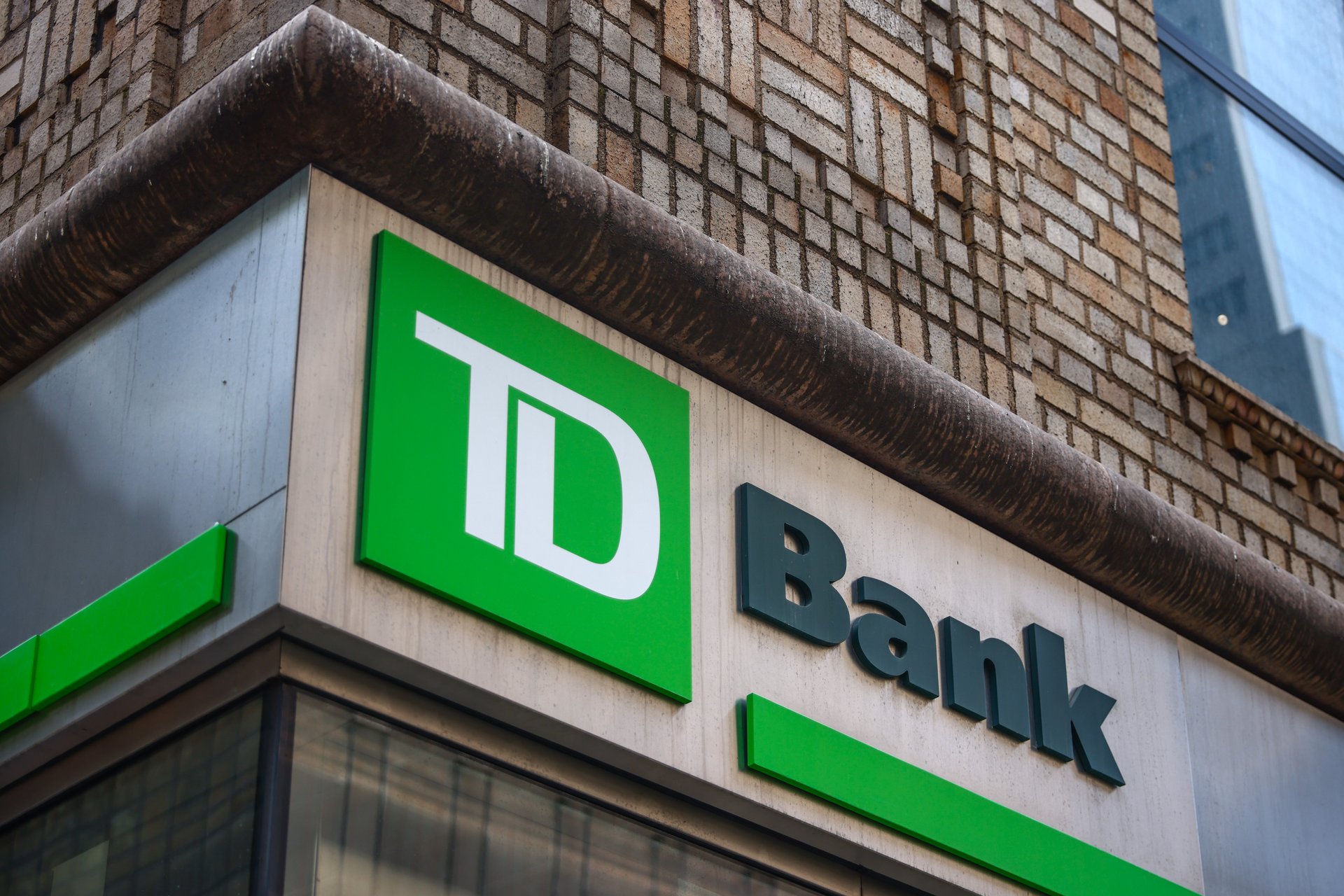A major bank is bracing for billions in fines over reported Chinese drug trafficking
TD Bank saw a $181 million net loss last quarter tied to the provisions

Toronto-Dominion Bank (TD), Canada’s second-largest bank, saw its profits plunge in the third quarter as it prepares to be hit with hefty fines over a U.S. federal probe into the bank’s anti-money laundering (AML) program.
Suggested Reading
TD reported a $181 million net loss early Thursday, down from $2.88 billion in profits a year earlier. This sizable hit to its bottom line includes the impact of the $2.6 billion in provisions to cover any potential fines related to investigations into the banks AML program.
Related Content
All together, TD has set aside roughly $3.57 billion in connection with the probe — the total sum the bank expects to pay in fines. TD’s shares fell 4% in pre-market trading Thursday.
The bank disclosed a U.S. Department of Justice probe into its AML program last year. The Justice Department is reportedly investigating how Chinese drug traffickers allegedly laundered at least $653 million through the bank, and others, and bribed TD employees to carry out illicit transactions. TD has been labeled “Financial Institution No. 1" in the scheme by the Justice Department, according to reporting by The Wall Street Journal.
While TD has not directly addressed the reports, CEO Bharat Masrani said “there were serious instances where the bank did not effectively monitor, detect, report and respond to suspicious activity,” during a call with analysts in May.
“Criminals are regularly targeting financial institutions, and in these cases, TD did not effectively thwart their activity,” Masrani said. “This is unacceptable. TD has been cooperating closely with the authorities to help them prosecute these criminals.”
“We have freely shared all information we have with the Department of Justice and other U.S. regulators even when it demonstrated our weaknesses,” he added.”
TD has a significant U.S. presence, with more than 1,100 locations across the country. It’s the seventh-largest U.S. bank by deposits and the tenth-largest by total assets.
The U.S. Bank Secrecy Act was created in 1970 as a way to help financial institutions detect and prevent money laundering through their systems, also known as Anti-Money Laundering laws, or AML. Under the act, all financial institutions follow a set of guidelines known as KYC (Know Your Customer/Client) — a process that these firms use to verify the identity of, and risks from, potential clients.